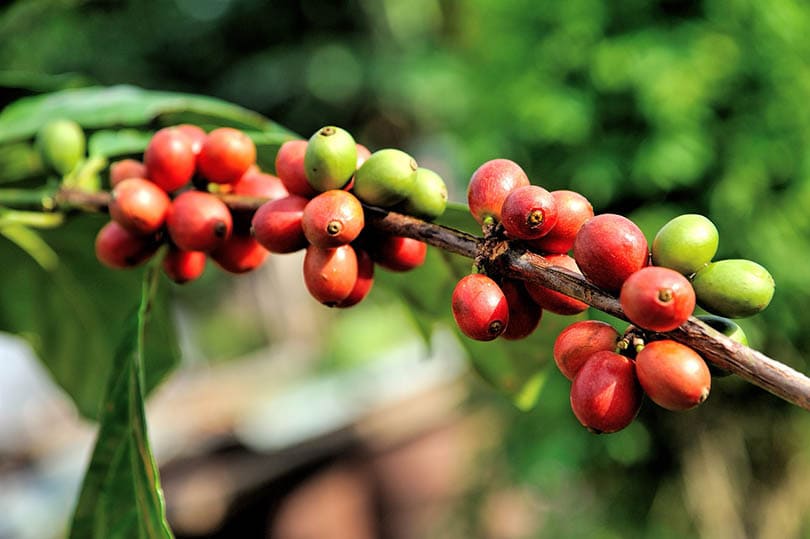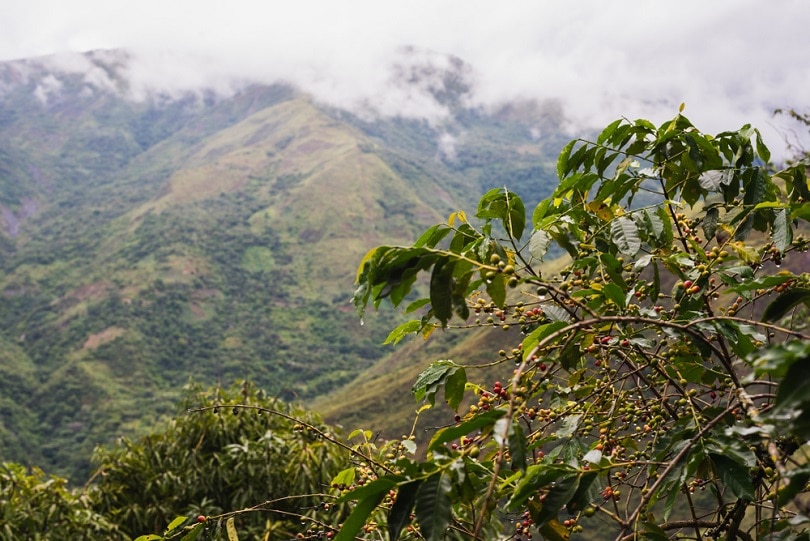
At one point in time, Venezuelan coffee was so popular it gave the coffee lords in Colombia a run for their money. Now, it barely hosts 1% of the world’s coffee. This fall from power was not the fault of the coffee farmers who made their living off their crops. The abrupt absence of Venezuelan coffee from the world market was out of their hands, but that doesn’t mean that coffee doesn’t still make a difference in the area.
If you have taken up coffee drinking in the past two decades, you may not have even tasted true Venezuelan coffee. The big question, however, is why? We’ll answer that question and explain more about the history of this region’s coffee trade, the flavors, and tips for brewing the perfect cup.

Coffee’s History in Venezuela
Coffee was first introduced to the country of Venezuela in 1732 at the hands of a Spanish missionary. At the time, the demand for coffee was high. The low costs of land after colonization and labor made Venezuela the perfect area. Coffee production led to the migration of more people to Venezuela in the hopes of keeping up with the high demand. Even after the country won a war for independence and saw slavery on the decline, the coffee industry was still growing. By the 1800s, coffee was the major crop grown in the country, thus catapulting Venezuela to recognition as the third-largest exporter of coffee in the world.

The Fall of a Coffee Giant
The coffee industry did well in Venezuela until 2003 when Hugo Chavez rose to power. In hopes of promoting the growing oil industry, Chavez instituted price control on coffee and even nationalized Venezuela’s largest roasters. Due to this, many farmers were unable to continue growing coffee. They stepped away from the industry leaving only artisan and specialty coffee producers as the only ones spared.
Even more recently, the Venezuelan coffee industry was hit hard again. While it was already suffering the damage done by Chavez, Nicholas Maduro brought to half what little was left of the coffee industry by banning exports from Venezuela. This time, even the artisan and specialty producers suffered and found themselves turning to unconventional and even illegal means to get their coffees out of the country.
Where It Grows
Venezuela has many areas throughout the region that are ideal for growing coffee. One, in particular, Maracaibo, is easily the most popular. The area, and the coffee it produces, are named after the Maracaibo port, where coffee was once shipped. By being near the Andes Mountains the altitude is ideal for coffee growing. Maracaibo coffee features Arabica beans and the perfect balance most love about Venezuelan coffee.

The Taste of Venezuela
The classic taste of Venezuelan coffee features a deep sweetness and balanced acidity. It’s the lower acidity that makes coffee for this reason so popular. This popularity also means certain brands try to mimic the flavor and benefit financially for the recreation.
In Venezuela, it is easy to notice the most popular brewing method. Café Guayoyo has rooted itself in the community and local shops throughout the country. This brewing method uses a sock, or cloth filter, and resembles the classic pour-over method. Café Guayoyo does not use the classic ceramics featured in a pour-over, however. A stand, sock, and container are sufficient to make this great cup of coffee.
A Changing Coffee Culture
While Venezuela may not be the coffee-exporting giant it once was, that doesn’t mean the people have given up on coffee completely. The local coffee culture doesn’t simply drink Café Guayoyo, they are trying to adapt to more specialties and flavors. With the price of goods on the rise in the country, it is not easy for people or local shops to get their hands on expensive specialty coffee equipment. That doesn’t mean they have stopped trying. It is local ingenuity that is helping coffee stay popular as a preferred drink in Venezuela.


In Conclusion
As you can see, the history of Venezuelan coffee is quite rocky, but that doesn’t mean the story is finished. The people of Venezuela still love their coffee, its flavors, and its traditional brewing methods. That doesn’t mean they aren’t open to change. While the country may not be making a mark by trading their coffee beans, the brews they make from them are still as tasty as they ever were.
Featured Image Credit: Per Bengtsson, Shutterstock
















